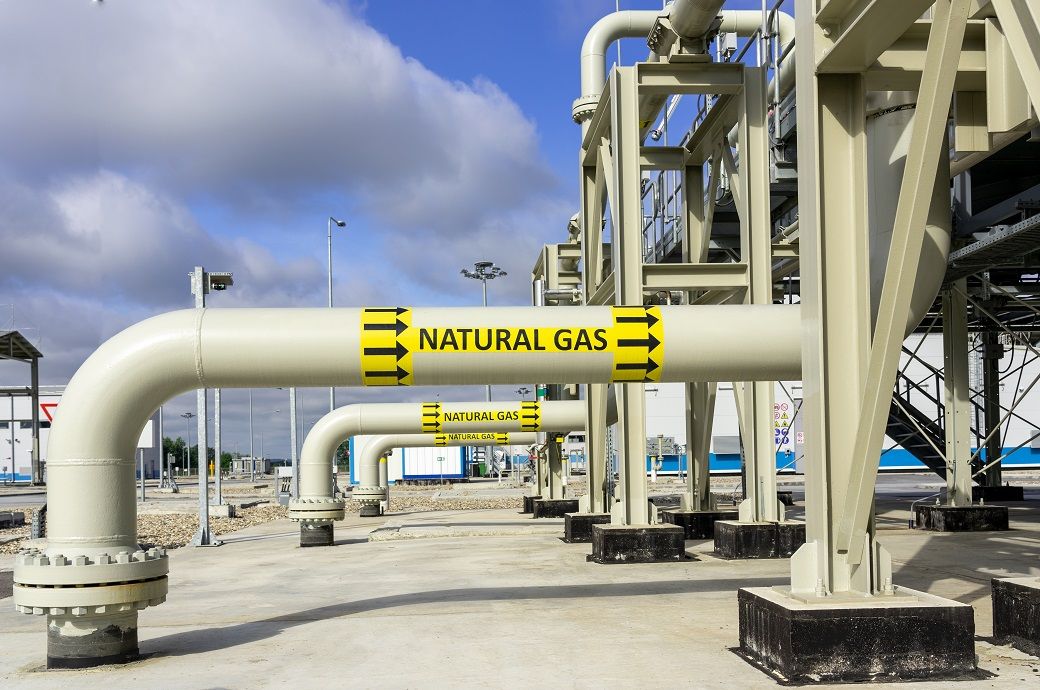
The most recent US Energy Information Administration (EIA) Weekly Natural Gas Storage Report, which showed a notable 120 billion cubic feet (Bcf) increase in underground storage for the week ending May 16, 2025, caused natural gas prices to sharply decline this week. The build surpassed market forecasts and indicates strong supply levels as the summer approaches.
According to the EIA, the total amount of working gas in storage in the Lower 48 states is currently 2,375 Bcf, which is only 12.3 per cent less than the 2,708 Bcf.
Regional Storage Snapshot:
This week’s injection, coming amid moderate demand and relatively mild temperatures, underscores persistent production strength and tepid consumption growth. While the total inventory remains within the five-year historical range, the current surplus versus the average is weighing heavily on trader sentiment.
Liquefied Natural Gas (LNG) Activity
Despite a minor drop in pipeline deliveries, LNG export activity remains robust:
Through 2026, US natural gas exports are expected to fuel demand growth.
Over the next two years, the demand for natural gas in the US is expected to rise significantly, mostly due to increased export capacity. Liquefied natural gas (LNG) export growth is the main driver of this increase. The start of operations at two significant LNG facilities, Plaquemines LNG Phase 1 and Corpus Christi Stage 3, which started production in December 2024, is one recent development.
In the future, Golden Pass and Plaquemines LNG Phase 2 are two more projects that are expected to be completed in the next two years.

According to projections, these additions will increase US LNG exports by 22 per cent in 2025 and another 10 per cent in 2026. Demand is also increasing as a result of pipeline exports in addition to LNG. According to projections (EIA), pipeline exports will expand by 8 per cent in 2025 and 7 per cent in 2026. In 2025 and 2026, respectively, total natural gas exports are projected to increase by 3.4 and 2.1 billion cubic feet per day (Bcf/d).
The unexpectedly quick increase in LNG output at Plaquemines highlights the uncertainty of project schedules and their possible effects on the supply and demand balances for natural gas. These dynamics demonstrate how advancements in export infrastructure are progressively influencing the direction of the natural gas markets in the United States.
Conclusion
While the short-term view remains bearish, traders and analysts are closely watching temperature trends and international LNG demand, both of which could rebalance the market if conditions tighten.
ALCHEMPro News Desk (VK)
Receive daily prices and market insights straight to your inbox. Subscribe to AlchemPro Weekly!